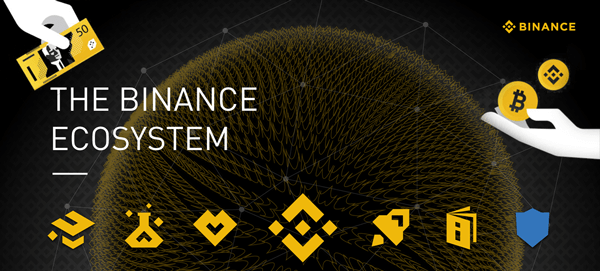
In October 2008, Satoshi Nakamoto — a pseudonym utilized by the developer or builders of bitcoin — revealed a whitepaper detailing how an alternate digital money system may allow funds to be despatched instantly from one occasion to a different, with out involving a monetary establishment.
The doc, titled “Bitcoin: A Peer-to-Peer Digital Money System,” offered an overlook of how key facets of Bitcoin (BTC) may assist a trustless digital money system by utilizing cryptographic proof.
The paper defines an digital coin as a series of digital signatures. It additionally outlines how possession switch may be executed by utilizing the earlier proprietor’s private and non-private key, to create a digital signature that’s mixed with the following proprietor’s public key right into a transaction block.
Every block is linked to the earlier one utilizing a hash, and the whole chain of blocks contains the whole decentralized ledger being constructed within the course of.
That is how the time period blockchain got here into existence. For transactions to be added onto a block, a timestamp server constantly broadcasts hashes onto the community of nodes, or computer systems, within the community.
By using the SHA-256 hashing algorithm, every block can generate just one hash and the BTC community makes use of this course of to set a degree of problem so {that a} new block is mined as soon as each 10 minutes.
Often known as the proof-of-work (PoW) system, it makes it not possible for any node to change any transaction within the blockchain, thereby making it safe.
How The BTC Blockchain Community Processes Transactions
All new transactions are broadcast to nodes. Every node tries to discover a tough proof-of-work to suit the brand new transactions right into a block.
When a node finds a proof-of-work, it broadcasts the block to all nodes and accepts it provided that all transactions recorded in it are legitimate.
That is expressed by nodes creating the following block within the chain utilizing the hash of the accepted block.
Since nodes take into account the longest chain to be the right one, if there are two variations of the blockchain being transmitted, the nodes will work on each until one turns into longer and the accepted model.
New transaction broadcasts should attain all nodes since they’ll ultimately be processed right into a block and can then be out there for all nodes to work on.
This permits nodes to contribute as a lot computing energy as they need, switching off and switching again in each time they want to contribute to the community and add blocks to the bitcoin blockchain.
Incentivizing Computing Energy Supplied With Newly-Minted BTC
Nakamoto envisioned an incentivization system for nodes to assist the BTC community by distributing BTCs in lieu of computing energy being contributed by them in preserving the whole community free from double spending or being attacked by unhealthy actors.
Thus, the primary transaction in a block begins a brand new BTC that’s owned by the creator of the block, and nodes proceed to assist the community with the intention to mine new BTCs.
Because the variety of BTCs in circulation will increase, the computing energy wanted to mine a brand new Bitcoin will increase significantly and brings to focus the facet of transaction charges that acts as a extra common incentive.
As soon as a predetermined variety of BTC enter circulation, transaction charges can type the majority of the motivation out there for nodes and are deemed to be utterly inflation free for added measure.
In consequence, any potential attacker would discover it extra worthwhile to deploy the extra computing energy to mint extra new cash and earn extra transaction fee-based incentives, than making an attempt to steal funds by altering the blockchain with a brand new model of it.
Managing A number of Transactions Securely With A New Privateness Mannequin
Nakamoto’s whitepaper additionally describes how hashing transactions in a Merkle tree can save disk house and facilitate fee verification with out operating a full community node.
What set the BTC community aside from conventional banking channels, nonetheless, was the privateness it offered — though all transactions are broadcast to the general public blockchain.
That is accomplished by preserving the general public keys nameless and necessitating {that a} new key pair be used for every transaction.
Though transactions are made public and belief is maintained by the community of nodes verifying each block of transactions, the identities of its customers may be positioned behind an impenetrable firewall by advantage of the altering key pairs getting used.
Utilizing a framework of digital cash created from digital signatures and mixing parts of cryptography, the BTC Whitepaper proposed a peer-to-peer transaction community that launched a revolutionary new method of transacting. It is safe, borderless and accessible to all. Picture courtesy of Pixabay





 Bitcoin
Bitcoin  Ethereum
Ethereum  Tether
Tether  Solana
Solana  USDC
USDC  XRP
XRP  Lido Staked Ether
Lido Staked Ether  Toncoin
Toncoin  Dogecoin
Dogecoin
Be the first to comment